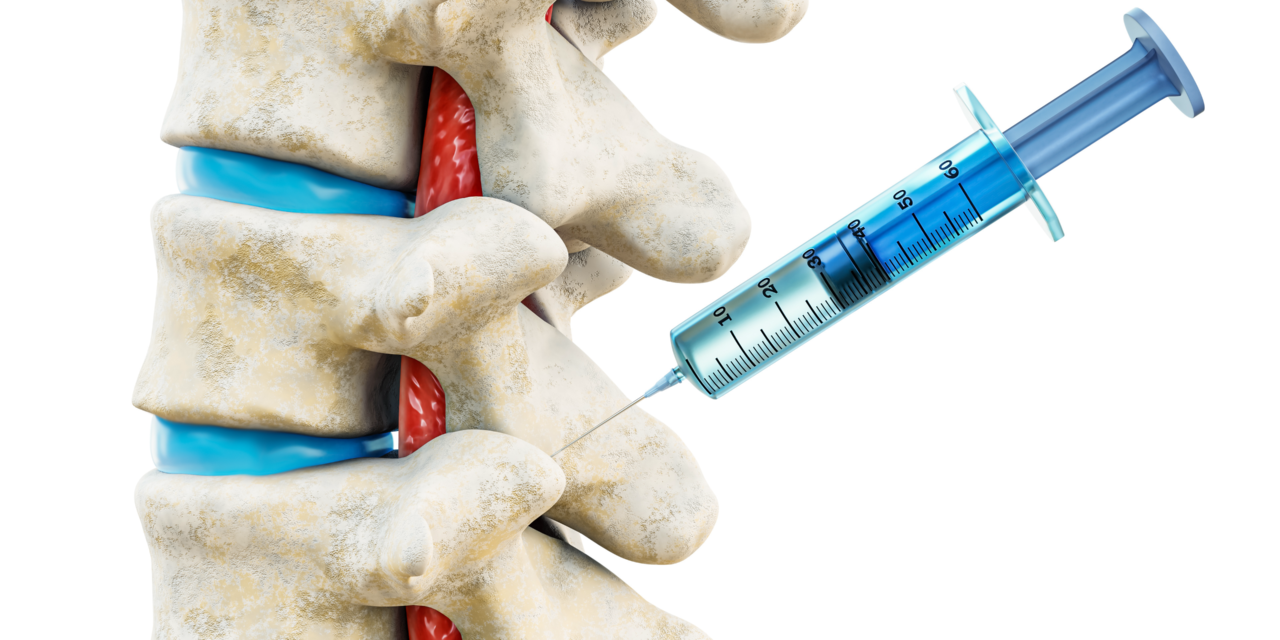The World Health Organization notes that 619 million people were affected globally by lower back pain in 2020. The WHO also expects that number to increase to 843 million cases by 2050, largely due to population expansion and aging.
Buffalo Spine and Sports Medicine (BSSM) physicians say that spinal injections that deliver a combination of local anesthetic and steroid anti-inflammatory medication to the source of a patient’s pain, such as a joint, nerve, or disc, are highly beneficial. In fact, injections tend to be more effective in controlling pain than oral medications because they eliminate unpleasant side effects such as gastritis or kidney problems.
BSSM has been at the forefront in using advanced methods of guided imagery that delivers injections to the target area. Using fluoroscopic X-ray guidance, a potent steroid anti-inflammatory medication is inserted in the epidural space connected to the spinal canal and intervertebral discs. The most common problems the physicians see are lumbar disc herniation and lumbar spinal stenosis. The practice has experienced a 70% success rate for alleviating pain associated with disc herniations, particularly when associated with leg or back pain (sciatica or radiculopathy).
Sacroiliac joint (SIJ) pain is a common source of lower back pain that is diagnosed and treated with two types of fluoroscopically guided procedures — sacroiliac joint steroid injections or blocks of the nerves to the SIJ using local anesthetic to determine the benefit of blocking long-term using Radiofrequency Ablation/RFA. The treatment typically lasts around 9 months, which is often 2 to 4 times longer than using SIJ steroid injection. However, while steroid injections require just one session that combines diagnosis and treatment, the RFA procedure typically requires 3 to 4 sessions. If successful, future treatments with RFA can be repeated without the preliminary diagnostic blocks for recurrence of the same pain.
The most common technique involves a transforaminal approach to the epidural space in which the injection is placed next to nerve as it exits the spinal canal through a “side door” (foramen). This approach tends to be the most efficient way to deliver the medication and may require placement at two levels or on both sides (bilateral). Alternately, it is sometimes necessary to use a more traditional caudal approach with access through the tailbone.
BSSM physicians also diagnose and treat lumbar facet joint pain due to spondylosis using either a steroid injection into the joint, or by blocking small nerves to these joints with local anesthetic for diagnostic purposes. Then, if warranted, patients are treated with RFA. These same approaches are used to treat facet pain in the neck, although less frequently. It is rare for these treatments to be used in the mid-back area. Meanwhile, as fluoroscopic guidance evolves, BSSM is performing a variety of nerve blocks, including for those with knee osteoarthritis or failed knee joint replacement surgery.
With more than 31 years of experience, Buffalo Spine and Sports Medicine physicians are pleased with their high rate of success in using epidural steroid injections as an effective pain control option with minimal risk. Learn more at https://buffspine.com. Call 716-626-0093 to make an appointment to be seen in Williamsville or Orchard Park.












